Is GSM Better Than CDMA? Learn It Here
Jul 12, 2024 • Filed to: Remove Screen Lock • Proven solutions
Regarding mobile network types and what works, CDMA and GSM technologies were the frontrunners in the market at one point. While they provide 3G and 2G power connectivity, there is growing concerned regarding how both will fare in the market that is moving towards 4G and 5G.
Regarding this, there are noticeable variations between GSM and CDMA carriers. Understanding the difference between the technologies is essential to decide which one to depend on.
So, let's learn about them here, covering the differences in their performance and capacity, how to find which phones are running on them, and ultimately, which is the better alternative.

- Part 1. What is GSM?
- Part 2. What is CDMA?
- Part 3. CDMA vs. GSM: What's the Main Difference?
- Part 4. Detailed Comparison Between GSM and CDMA
- Part 5. Which is Better, GSM or CDMA?
- Part 6. How to Tell if Your Phone is GSM or CDMA
- Part 7. The Future of CDMA and GSM
- Bonus Tips: How to Bypass iCloud Activation Lock on iPhone/iPad/iPod [GSM & CDMA]?
Part 1. What is GSM?
Among the radio technologies, GSM or Global System for Mobile Communication was highly popular worldwide as the top choice for mobile networks. It was most commonly used in around 210+ countries, primarily in the Europe and Asia regions.
The technology works on four frequency bands, specifically, 850 MHz/1900 MHz in the Americas and 900 MHz/1800 MHz in Asia and Europe. It has been operating in the market since its inception and runs on TDMA format that cuts the frequency bands within multiple channels. One of the most popular carriers of GSM technology currently is AT&T.
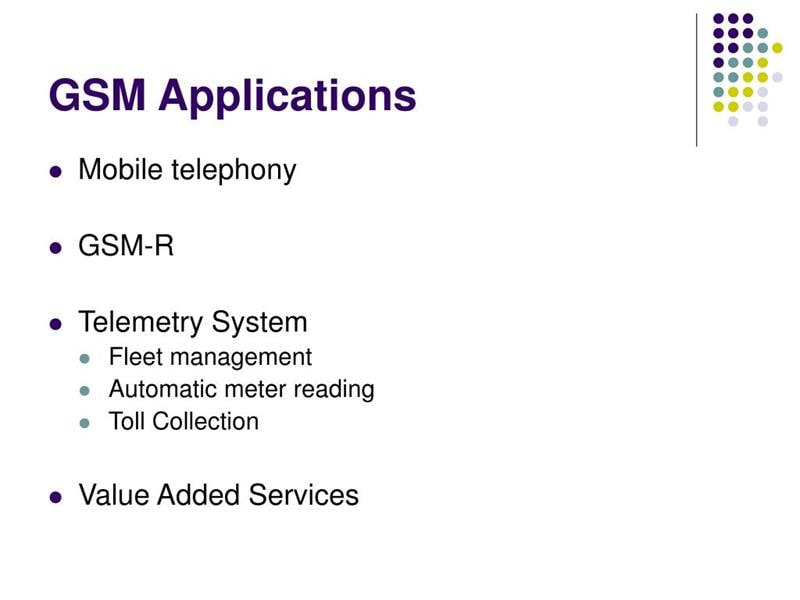
Part 2. What is CDMA?
In the context of GSM CDMA meaning, CDMA stands for Code Division Multiple Access, and it is a Qualcomm-patented network standard. It works for the WCDMA and CDMA2000 standards for 3G technology, and the proprietary technology is not widely used globally.
These networks layer multiple digitalized calls on top of each other with unique codes available for differentiation. The receivers also have special keys individually that cut the combined signal into two.
It is prevalent in the United States primarily. For example, popular carriers that run with the CDMA technology are Sprint and Verizon Wireless.

Part 3. CDMA vs. GSM: What's the Main Difference?
After understanding what CDMA carriers and technologies, specifically concerning phone connections, are, you can focus on how they differ. Both of these technologies are not mutually compatible. So, if you have a GSM smartphone, you cannot run it via a CDMA network. So, buying a new device will become necessary if you change to another carrier.
Plus, both technologies are globally used, but GSM is widely spread while CDMA, with its proprietary nature, is available to a limited group. The latter is a type of new dynamic technology and costs higher than GSM usage. Plus, from the coverage perspective, CDMA operates well in areas with high radio frequency interference, unlike GSM devices.
Part 4. Detailed Comparison Between GSM and CDMA
Of course, when considering GSM and CDMA differences, it is essential to look at each version's differences in detail. The main differences are available based on their functions, specifications, and more.
Comparison Chart Between GSM and CDMA
Here is a comparative chart between what is CDMA and GSM, detailed as per their usage quality and capacity.
| Basics for Comparison | CDMA Phone | GSM Phone | Winner |
| Technology Used | CDMA (Code Division Multiple Access) | TDMA (Time Division Multiple Access), FDMA (Frequency Division Multiple Access) | GSM |
| Network Coverage | Limited coverage is mainly available for US states and other countries. | Worldwide, with Europe and Asia as the most significant user bases. | GSM |
| Global Reach | Available in some network carriers and countries | More widely available. | GSM |
| The Use of SIM Cards | No SIM card needed | SIM card needed | GSM |
| The Use of Carriers | Due to the proprietary nature of this technology, Sprint and Verizon Wireless are the main ones that support this. | More variety of carriers supports this technology. | GSM |
| Data Transfer Methods | Works on packet switch mode. | Works on circuit switch mode. | CDMA |
| Data Transfer Rate | The data transfer rate on CDMA phones is approximately 2 Mbps. | The data transfer rate on GSM phones is approximately 384 Kbps. | CDMA |
| International Roaming | Limited roaming | Worldwide roaming | GSM |
| Spectrum Frequencies | CDMA (code division multiple access) on 900 MHz/1800 MHz/ 1900 MHz frequencies. | FDMA (frequency division multiple access) and TDMA (time division multiple access) on 900 MHz/1800 MHz/ 1900 MHz frequencies. | GSM |
| Radiation Exposure | No electronic interference of that nature. | Electronic interference causes difficulty in using it in specific areas. | CDMA |
| The Quality of the Call | No user number limit during calls allows for smoother call quality since not much processing power is used. | The number of users you can add is limited from before. | CDMA |
| Battery Life | Uses up more battery power. | Uses up less battery power. | GSM |
| Security | The operator controls the technology and transmission factors, so the security guarantee is lower. However, built-in encryption is available. | User security is high since the operator has no control over the technology used or user data. However, users have to use external software for message encryption safely. | CDMA |
Let's explain this further.
1. Technology Used - GSM has an edge
GSM-powered smartphones and tablets stand out compared to CDMA since it runs with TDMA (Time Division Multiple Access) and FDMA (Frequency Division Multiple Access) technologies. Plus, it supports both voice and data transmission benefits.
In terms of CDMA and GSM and the technologies in use, the CDMA phones run with CDMA (Code Division Multiple Access) and do not support special transmission features.
2. Network Coverage – GSM has an edge
This GSM technology is more widely covered across different regions, while CDMA is limited within the specified zones. So, as per network coverage, GSM assures a more extensive range.
3. Global Reach - GSM has an edge
One difference between GSM and CDMA is that the latter was made in the United States for usage in these regions. Therefore, it is available for US citizens, Canada, and some Asian counties like Japan and South Korea. In contrast, GSM phones are available in 200+ countries globally.
4. The Use of SIM Cards - GSM has an edge
Regarding GSM and CDMA comparison, GSM operates on a SIM card basis while CDMA stores data directly in the Phone. GSM is better in this context since it is easier to change SIM cards in case of theft, damage, etc. But you have to change the whole CDMA with another in case of any error, which is not cost-effective.
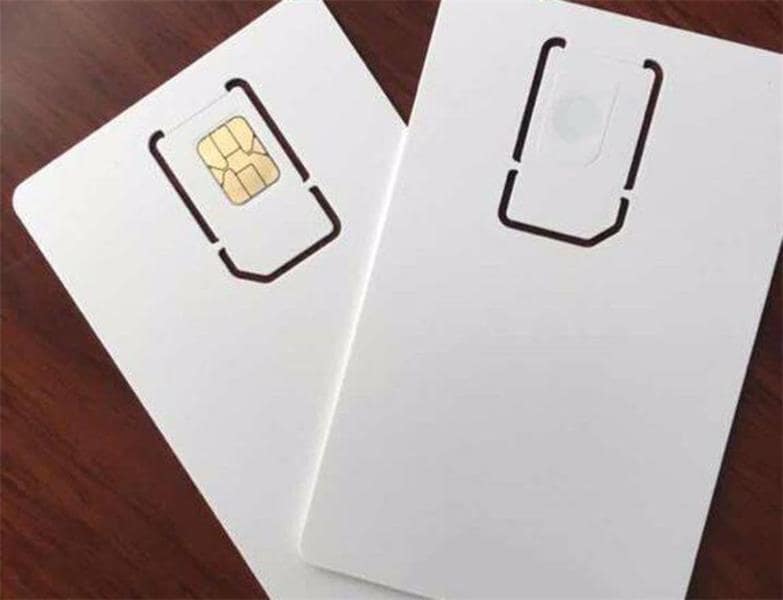
5. GSM and CDMA Carriers – GSM has an edge
GSM is supported on more carrier types than CDMA. This makes it easier to use GSM long-term since you can replace it with another SIM card from the same carrier. On the other hand, CDMA users must change the whole device if there are connectivity issues, which is highly inconvenient.
6. Data Transfer Methods - CDMA has an edge
CDMA works on a packet switch mode. This means the data is split during transmission into multiple consistently sized blocks. Thus, data transfer between different devices is smoother, more efficient, and faster.
Alternatively, GSM devices with circuit switching mode will only run data transmission via one true path.
7. Data Transfer Rate - CDMA has an edge
GSM phones using EDGE data transmission operate at 384 kbps typically, while 3G phones run at 42 Mbps transfer speed while running on High-Speed Packet Access (HSPA) technology. Comparatively, the CDMA phones run on EVDO technology at 2 Mbps. Thus, CDMA phones assure faster data transfer rates.
8. International Roaming - GSM has an edge
GSM mobile phones have international roaming support, while CDMA phones limit their roaming range.
9. Spectrum Frequencies - GSM has an edge
In GSM or CDMA differences, the latter operates on a spread spectrum system while the former works in the Spectrumwedge spectrum. They all run the 900 MHz, 1900 MHz, and 1800 MHz frequencies, but CDMA runs on a native technology while GSM technology is more expanded.
10. Radiation Exposure - CDMA has an edge
Electronic interference happens with GSM phones, making using the device/network unsafe in sensitive locations like airplanes and hospitals. This issue is not available for CDMA phones.
11.The Quality of the Call - CDMA has an edge
Since there is no limit to the number of users, you can add to the call. The connection is not constricted during calls via CDMA. The sound quality via GSM phones is also good, but its processing power is lower since it operates with a restricted boundary.
12.Battery Life - GSM has an edge
CDMA technology takes up more battery power since the main transmitter here is active constantly. This also provides low talk time. On the other hand, the transmitter in GSM phones, like the TDMA-based solution, does not need a continuous transmission.
13.Security – CDMA has an edge
CDMA has some user data vulnerabilities, but it has built-in encryption. However, for GSM phones, you must use external apps for encryption.
Part 5. Which is Better, GSM or CDMA?
The next question that naturally comes up is this- which is better: GSM or CDMA? But in this case, there's no easy answer to that question. On the whole, both technologies have their good and bad qualities. For that, let's refresh on the pros and cons of both technology types.
Pros of GSM:
- GSM users get high-quality voice transmissions.
- In addition, users can transfer both voice and data.
- A variety of carriers and devices support this globally.
Pros of CDMA:
- Efficiently utilizes the total bandwidth available.
- No network congestion possibility in CDMA technology, so the call quality is higher here.
- In-built encryption support for user messages between devices.
Cons of GSM:
- Too many users use the same network causing congestion.
- Encryption security is only accessible through other apps or tools you use.
- Slower data transmission rates compared to CDMA-based data transfers.
Cons of CDMA:
- Low-quality voice transmission for users.
- Does not support multiple types of data.
- Available to a limited number of users globally.
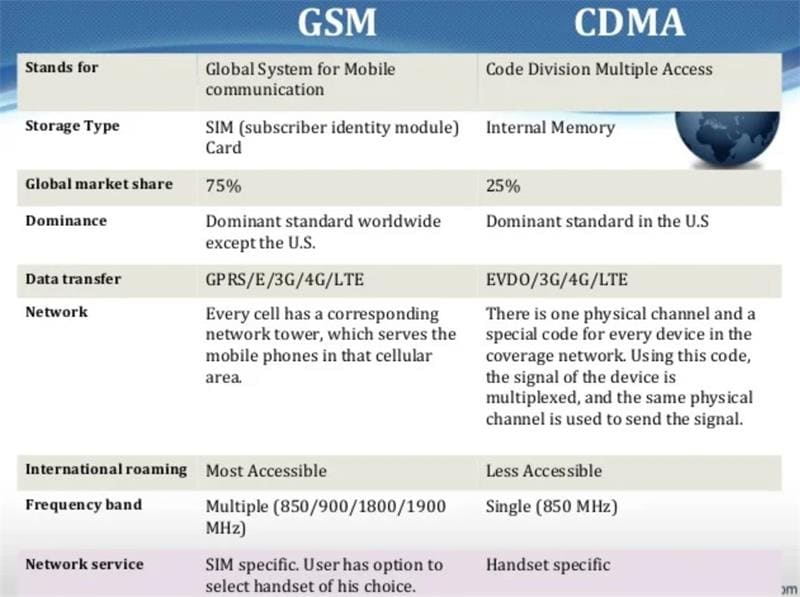
Part 6. How to Tell if Your Phone is GSM or CDMA
Now, you may wonder, "is my phone GSM or CDMA?"
Worry not, that is the following natural query for most users, and luckily there are ways to find the answer. Here are some of the best options available.
Method 1: Check via Phone Settings
You can check that the Phone is GSM or CDMA through Settings. Here are the steps.
On Android:
Step 1: Access Settings > System > About Phone.
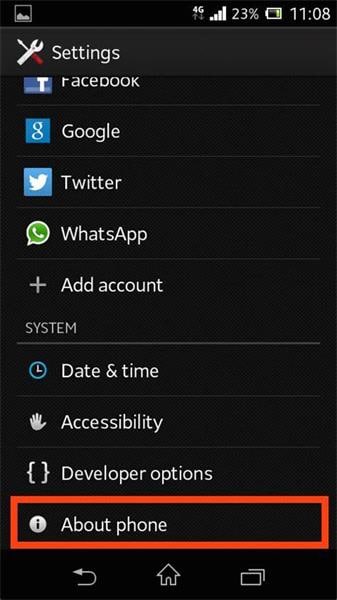
Step 2: Tap on Status and find the IMEI/ESN/MEID number. (IMEI means the Phone is GSM and ESN/MEID means it is CDMA).
On iOS:
Step 1: Open Settings > General.

Step 2: Go to the About section and find the IMEI/ESN/MEID at the bottom section of the menu.
Method 2: Check SIM Card Slot
CDMA phones do not need SIM cards and have no slot, while GSM phones do. So, you can check by seeing the SIM card slot availability. However, CDMA smartphones now have SIM Card slots, so it's not the best way to check.
Method 3: Find the Model Number
Access the About Phone/About Device section to see the model number. This is also printed on the back of the smartphone.
Or, you can search if your phone model is GSM vs. CDMA through a Google search.

Part 7. The Future of CDMA and GSM
Let's understand what to expect in the future for the two technologies.
The Evolution of Mobile Communication Technologies
Over time, there have been different technologies in the market, like GSM vs. CDMA vs. LTE. The GSM and CDMA versions are mainly available in 2G and 3G versions. This was usable enough before but cannot match up to the network requirements currently.
Most apps and technologies have evolved to become more powerful, faster, and dynamic, like improving scrolling ability in the browser, social media apps, etc. So, the need for 4G and 5G networks is more in demand, which is why GSM and CDMA phones are slowly falling behind.
However, the interest in these is still available as legacy technologies mainly. Although, there are some brands that are incorporating 4G power in GSM smartphones compared to CDMA.
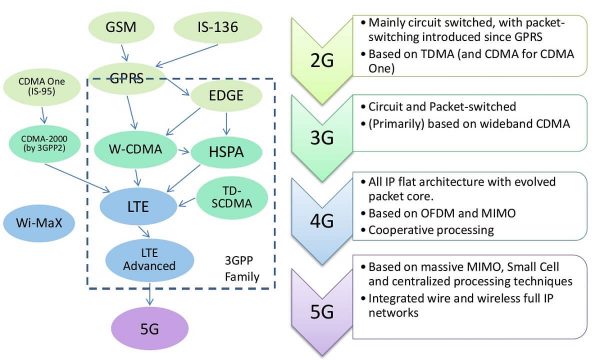
Bonus Tips: How to Bypass iCloud Activation Lock on iPhone/iPad/iPod [GSM & CDMA]?
If you can need to find out detail about your device, like the IMEI number, you need to access the phone. However, the screen may be locked in some cases, especially for iPhone users with Activation Lock enabled. Here, you can bypass the activation lock on iCloud on Apple devices running on CDMA and GSM technology using Dr.Fone - Screen Unlock (iOS).
This software is helpful for various levels of security lock removal from iPhones, iPads, and iPod Touch devices, like Face ID, Touch ID, etc. Using this software, you can easily remove the activation lock for iCloud with simple steps.
To know more about how to use this software to bypass iCloud activation, you can read posts written on it.
Key Features:
- Removes multiple types of screen locks.
- Zero data loss when accessing locked screens.
- The three-step process for activation lock is bypassing.
Supported Devices: iOS 9-16, Bypass Activation Lock feature for iPhone 5S- iPhone X, iPod Touch 7/9 (iOS 12.0-14.8.1), and iPad 4-7.
Important note:
You need to jailbreak the iOS device before iCloud Activation Lock bypassing. The GSM phones will return to regular usability immediately afterward, while users will not be able to use unlocked CDMA phones for all functions.
Conclusion
Overall, GSM and CDMA are both valuable technologies in the context of network connections available for various global users. Understand their differences to decide which will work for you. If you cannot access the device to find information about the device, use Dr.Fone - Screen Unlock (iOS) to bypass safely and see the device information.
SIM Unlock
- 1 SIM Unlock
- Unlock iPhone with/without SIM Card
- Unlock Android Code
- Unlock Android Without Code
- SIM Unlock my iPhone
- Get Free SIM Network Unlock Codes
- Best SIM Network Unlock Pin
- Top Galax SIM Unlock APK
- Top SIM Unlock APK
- SIM Unlock Code
- HTC SIM Unlock
- HTC Unlock Code Generators
- Android SIM Unlock
- Best SIM Unlock Service
- Motorola Unlock Code
- Unlock Moto G
- Unlock LG Phone
- LG Unlock Code
- Unlock Sony Xperia
- Sony Unlock Code
- Android Unlock Software
- Android SIM Unlock Generator
- Samsung Unlock Codes
- Carrier Unlock Android
- SIM Unlock Android without Code
- Unlock iPhone without SIM
- How to Unlock iPhone 6
- How to Unlock AT&T iPhone
- How to Unlock SIM on iPhone 7 Plus
- How to Unlock SIM Card without Jailbreak
- How to SIM Unlock iPhone
- How to Factory Unlock iPhone
- How to Unlock AT&T iPhone
- Unlock AT&T Phone
- Vodafone Unlock Code
- Unlock Telstra iPhone
- Unlock Verizon iPhone
- How to Unlock a Verizon Phone
- Unlock T Mobile iPhone
- Factory Unlock iPhone
- Check iPhone Unlock Status
- 2 IMEI





James Davis
staff Editor